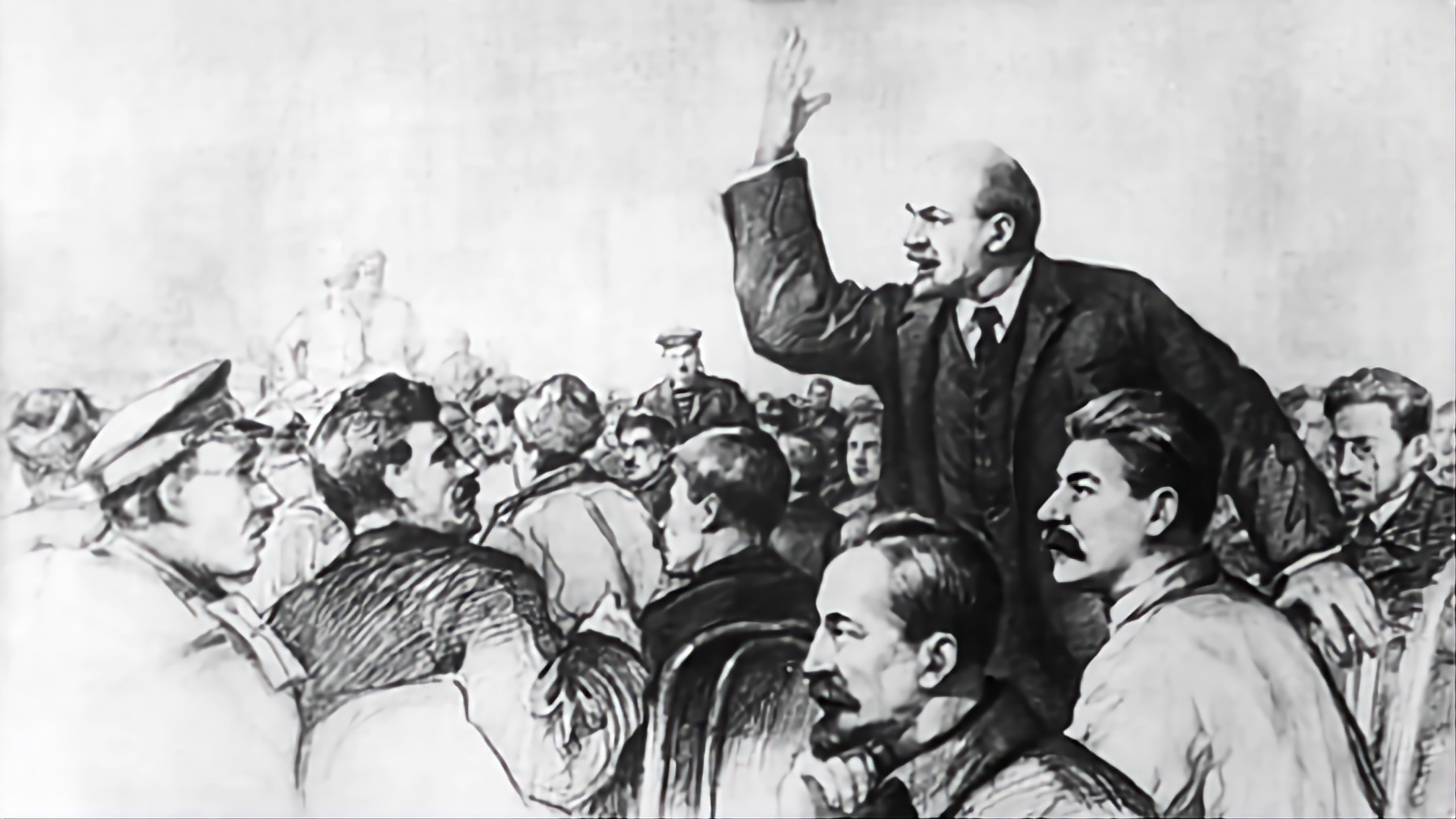cross-posted from: https://thelemmy.club/post/12591808
- Jared Bernstein, Joe Biden’s Chief Economist, faced difficulties explaining money’s workings in a documentary or Finding The Money,’ despite his role.
- He stumbled through concepts, highlighting the confusion around government money printing and borrowing
- Bernstein, who is head of the US Council of Economic Advisers, is not formally trained in economics and appeared bewildered in the clip


To be fair, 95% of the economists all over the world indoctrinated with mainstream neoclassical theory got it wrong the same way. Most likely only the central bankers understand this well enough to answer it correctly.
If you understand MMT you already understand economics and money better than 95% of the economists in the entire world.
Like, how many times do we have to correct even people on the left that the US doesn’t “borrow” dollars from the rest of the world or to tax its own citizens to finance itself? It prints its own money!
https://en.wikipedia.org/wiki/Modern_monetary_theory
Seems really easy to understand and describes how money works in the US perfectly. Rich people
have a monopoly on moneyare currency kulaks. The government restricts the supply and refuses to seize it from the rich and redistribute it. Things get worse. Repeat.I shit you not, the only instance where I’ve seen MMT principles were applied in practice that actually worked for the people was the USSR under Stalin starting from the first Five-Year Plan.
The Credit Reform from 1930-32 established a new paradigm, a significant departure from liberal economic theory where the State Bank of the USSR took over the role of commercial lending and printed as much money as needed for rapid industrialization. You can read reports from Western journalists of how they were surprised how fast the USSR could develop in such a short period of time. Unfortunately a lot of this was reversed by 1955-1957 after Khrushchev took over the country.
The USSR economy returned to its pre-war level in just five years after the Great Patriotic War, while maintaining pensions, free healthcare and education without resorting to austerity measures.
Of course, MMT did not exist yet during Stalin’s times, but it is remarkable to re-examine the economic and the financial systems of the USSR under Stalin and realize how much he got them right in retrospect.
Besides, the core influence of MMT, such as Hyman Minsky (Stephanie Kelton’s PhD advisor), Michael Hudson (even though he’s a Trotskyist who hates Stalin) and Bill Mitchell (Australian economist) are all Marxist economists.
People often make the mistake of thinking MMT is post-Keynesian, but in reality it was heavily influenced by Marx (I’m surprised the right wingers haven’t used this line of attack against MMT yet, really shows you how clueless the right wingers are when it comes to economic history), and it only aligned with Keynes in so far as where Keynes ended up agreeing with Marx!
I’m fascinated and uneducated. Can you break down for me how this didn’t lead to massive inflation?
One, demand-side inflation can only happen when the people have more money than there is productive capacity to supply the goods and services needed. When you spend a lot of money to invest in productive capacity (factories, hospitals, schools etc.) you get real, tangible benefits (i.e. real goods and services) back from those investments.
Similarly, every case of hyper-inflation is a result of currency depreciation from trying to pay back foreign debt denominated in a foreign currency. This was laid out very clearly in Michael Hudson’s Super-imperialism. The idea that hyper-inflation comes from printing too much money is a liberal myth.
In Weimar Germany, it was the collapsing exchange rate from dumping the German marks on to the foreign exchange market to pay back war reparations imposed on Germany by the European powers, who were in turn squeezed by the US who lent them the money during WWI. In the case of Zimbabwe, they were desperate to import food after the collapse of their agricultural capacity, and borrowing in foreign currency to pay for food import caused the plunging of their exchange rate. In Venezuela, Chavez pegged the bolivar to US dollar in 2003, which made it extremely vulnerable to economic warfare by the US. In 2015, the shale revolution was launched by the US to destroy the oil revenues of Russia, Iran and Venezuela, resulting in the collapse of the Venezuelan oil-dependent economy and combined with the sanctions placed by the US on Venezuela, caused hyperinflation as the currency plunged in value.
Two, the Credit Reform of 1930-32 introduced a Dual Circuit monetary system where the (non-cash) rubles that fund development were only partially overlapping with the (cash) ruble circuit that circulates/flows to the hands of the people, who use those (cash) rubles for consumption. The state monitors the supply and logistics of goods produced, and regulates the flow of cash (through salary payment) to the people. This minimizes the situation where there is more money than there are goods to be purchased, thus serving as an additional measure against inflation.
Thanks for taking the time to write that up
Can you explain the bit about “billionaires have a monopoly on money?”
I have a big wet baby brain
In the wikipedia description they’re saying the government is the currency monopolist (as in they are the sole suppliers of currency). Thinking about it more, billionaires are more like money kulaks that hoard it and instead of the government redacting them and redistributing the currency, they encourage it and are heavily controlled by the billionaire class to keep everything concentrating upwards.
oh that’s honestly insightful